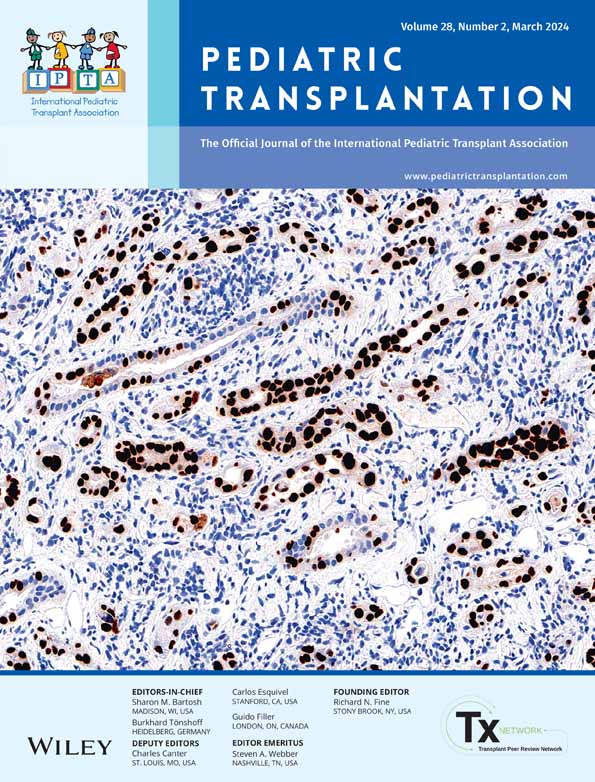The effect of socioeconomic status on pediatric heart transplant outcomes at a single institution between 2013 and 2022
Abstract
Background
Disparities in pediatric heart transplant outcomes based on socioeconomic status (SES) have been previously observed. However, there is a need to reevaluate these associations in contemporary settings with advancements in transplant therapies and increased awareness of health disparities. This retrospective study aims to investigate the relationship between SES and outcomes for pediatric heart transplant patients.
Methods
Data were collected through a chart review of 176 pediatric patients who underwent first orthotopic heart transplantation (OHT) at a single center from 2013 to 2021. The Area Deprivation Index (ADI), a composite score based on U.S. census data, was used to quantify SES. Cox proportional hazards models and generalized linear models were employed to analyze the association between SES and graft failure, rejection rates, and hospitalization rates.
Results
The analysis revealed no statistically significant differences in graft failure rates, rejection rates, or hospitalization rates between low-SES and high-SES pediatric heart transplant patients for our single-center study.
Conclusion
There may be patient education, policies, and social resources that can help mitigate SES-based healthcare disparities. Additional multi-center research is needed to identify post-transplant care that promotes patient equity.
CONFLICT OF INTEREST STATEMENT
All the authors of this study have no conflicts of interest to report.
Open Research
DATA AVAILABILITY STATEMENT
The data that support the findings of this study are available on request from the corresponding author. The data are not publicly available due to privacy or ethical restrictions.




